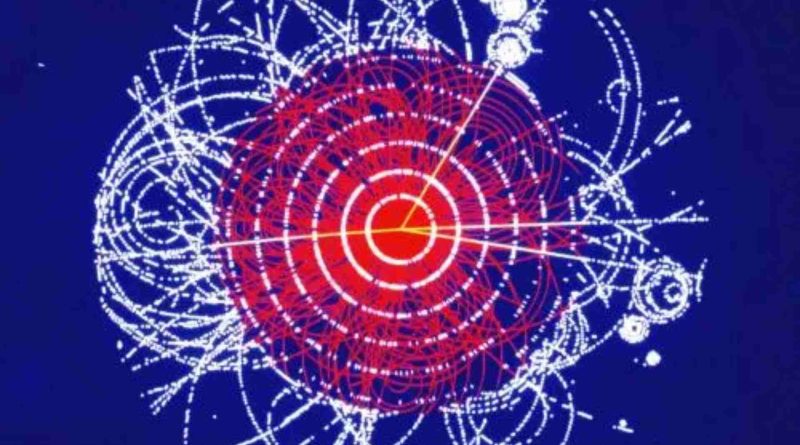Particle physics – an abbreviated chronicle of temporal exploration?
In scrutinizing the discourse put forth by Sabine Hossenfelder (Averse to utterance within the realm of physics, an unsanctioned assertion on 26 September), an oversight emerges regarding a substantial facet of particle physics and, indeed, the broader expanse of fundamental research. While an aspiration exists among all to overhaul their respective domains through the revelation of novel particles or the like, the discernment of the unattainable – particles that evade existence – stands as an equally momentous, albeit laborious, undertaking within the realm of science. Nature’s penchant for unforeseen revelations prompts an enduring vigilance, with our scientific progenitors long ago instilling a skepticism toward assuming anything as given. The disproof of impossibilities propels us toward a more profound comprehension of the authentic cosmos; understanding that faster-than-light traversal remains implausible holds as much weight as comprehending the photon composition of light, for example.
Deliberating every fanciful possibility to its exhaustive end would undoubtedly prove immensely wearisome (consider Hossenfelder’s Martian cephalopods, for instance). Thus, a compendium of principles becomes imperative to direct our gaze. Discrepancies persist regarding the optimal approach, yet numerous speculative particles mentioned in the discourse are crafted with utilitarian intentions – whether it involves challenging cherished tenets of the standard model or appending novel attributes to it. The litmus tests apply not to the particles themselves but to the principles; some might materialize, while others serve merely as straw men, aiding in the formulation of pertinent examinations.
Dr. Phil Bull
Lecturer in cosmology, Jodrell Bank Centre for Astrophysics
Sabine Hossenfelder posits that particle physicists exhibit undue enthusiasm for conjecture regarding fresh particles, insinuating that this is driven by career aspirations rather than a genuine quest to propel our comprehension of the cosmos forward. We generate and posit innovative theories and particles owing to genuine enigmas and lingering questions that our preeminent extant theory, the standard model, fails to address. This mirrors the essence of scientific progression.
The conception of the neutron was proffered in 1920 and later unveiled a dozen years thereafter. Analogously, positrons, pions, neutrinos, quarks, and the like were each postulated by physicists well in advance of experimental observation. Most recently, the Higgs boson, foretold half a century earlier, came to light in 2012. One ponders how many of these revelations might have eluded discovery if physicists had heeded Hossenfelder’s counsel on their scientific approach.
Hossenfelder’s contention that the standard model “functions adeptly in its current state” lacks veracity. The standard model posits masslessness for neutrinos (which they are not), predicts a sizable electric dipole moment for the neutron (yet it remains undetectably minuscule), and anticipates an equilibrium between matter and antimatter abundances in our universe (an equilibrium that does not exist). Moreover, the bulk of the universe’s matter comprises dark matter, an entity unaccounted for by the standard model. These incongruities hardly align with the attributes of a theory “functioning adeptly in its current state.”
Naturally, most of the particles subject to speculation by my peers and me will likely prove nonexistent, and that is acceptable. Analogous to a criminal case where not every suspect faces conviction, the objective of these inquiries is not unerring correctness. Instead, the aim is to methodically contemplate potentialities, scrutinize their repercussions, determine which experiments merit construction and execution, and, ultimately, glean as much knowledge as possible about our cosmic surroundings.

